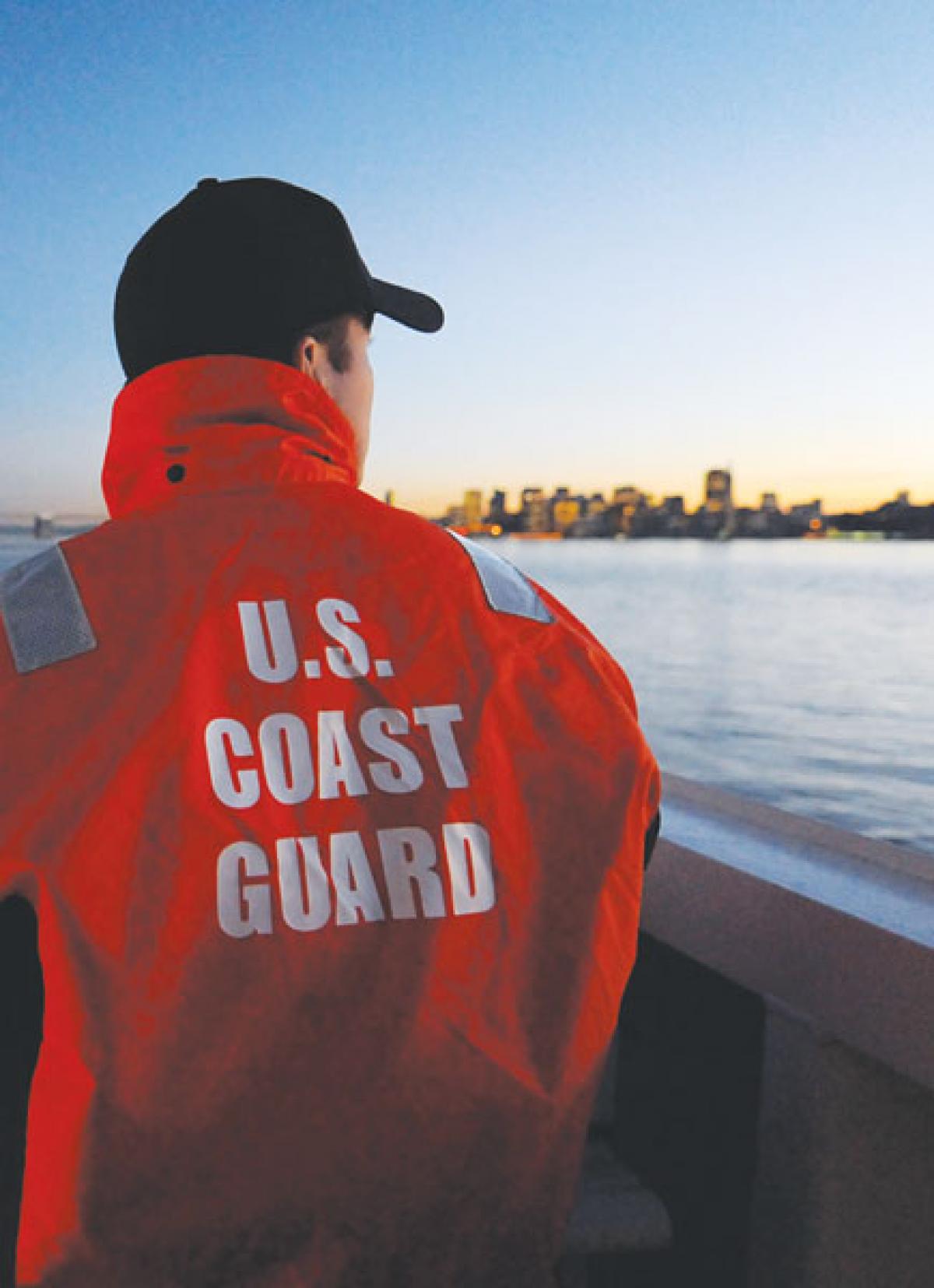As the conflicts in Afghanistan and Iraq wind down and the defense budget shrinks in the coming years, all the services will have a tough time finding funds for their favored programs. While the U.S. Navy has drawn most of the ink in the defense community with intense debates over the cost of the Ford-class carriers, the F-35 Joint Strike Fighter, and the future of the Littoral Combat Ship (LCS), it’s easy to lose sight of another Sea Service that also wrestles with tight budgets and challenging fleet plans. The Coast Guard, it seems, has always found itself forced to do more with less, but as the authors in this year’s service focus tell us, that may one day no longer be an option.
With an aging fleet and a growing mission-list, the Coast Guard needs to be upgraded with vessels that have greater reach and are more versatile; the solution is to increase the ranks of the nascent National Security Cutter class, as Vice Admirals Robert C. Parker and Manson K. Brown convincingly argue in “The Case for the Cutter.” The coauthors are the Coast Guard’s Atlantic and Pacific commanders respectively, and from the Arctic to the drug war to everything in between, they know whereof they speak. The first two vessels of the class, the Bertholf (WMSL-750) and Waesche (WMSL-751), already have demonstrated their enhanced capabilities while operating in harsh weather conditions and at great distances for sustained periods.
Captain Doug Fears, the Coast Guard’s chief of law enforcement (and current chairman of the Naval Institute’s Editorial Board), zeroes in on the immediate necessity of replacing the backbone of the fleet: the high- and medium-endurance cutters, many of which are older than the officers who command them. He warns that replacements for these decades-old ships can’t enter service fast enough and that the fleet could soon be unable to meet U.S. maritime requirements.
But it’s not just the cutter fleet that must be upgraded. In “Endangered Species: Maritime Patrol Aircraft,” longtime Proceedings author Scott Truver teams with retired Vice Admiral Terry Cross for a sobering look at the gap between the Coast Guard’s old airplanes and their modern follow-ons, which they say are also too slow in coming. The highly touted C-130J Super Hercules long-range and HC-144A Ocean Sentry medium-range surveillance, reconnaissance, and transport craft are capable of working with joint and interagency teams because of their “connectivity.” But, the authors say, because of just that capability, the gap is widening and “unless addressed soon, promises to hamstring the Coast Guard’s ability to accomplish its missions.”
These air and surface capabilities will be important in the years to come, especially should there be another mass-migration event such as Operations Able Manner and Able Vigil in the 1990s. Commander Richard J. Wester, who was a lieutenant on board the CGC Escape (WMEC-6) during that period and is now serving on the Joint Staff, analyzes the Coast Guard’s earlier response and discusses its recent partnership with other federal agencies in developing an extensive plan for future contingencies.
Another Sea Service struggling with new budget realities is the Marine Corps. With the demise of the Expeditionary Fighting Vehicle, says Navy Commander In Ha, the Corps needs to think outside the box. He sees the hovercraft—specifically an armed, off-the-shelf, and relatively inexpensive commercial product—as an ideal way to match capabilities with national-security needs. And with a little extra retrofitting, he adds, it probably could fulfill the mission of the beleaguered LCS.
While the Marine Corps’ combat capability is clear, it seems hard to believe that even some of its most battle-hardened veterans have never been on board a ship. The service needs to return to and update its amphibious training, according to Colonels Adam Holmes and David Fuquea, and the 2011 Bold Alligator exercise aimed to accomplish this. However, it also illustrated the somewhat deleterious effect that ten years of overseas land fighting has had on the Corps’ amphibious-warfare capabilities. Among the dramatic changes needed to regain proficiency at this “lost art” is a return to the Marines’ long-absent spirit of radical innovation. The authors worry that the removal of Marine detachments from Navy ships has destroyed the time-honored synergy between the two services. That bond may be difficult to recreate in the looming era of fiscal austerity.




